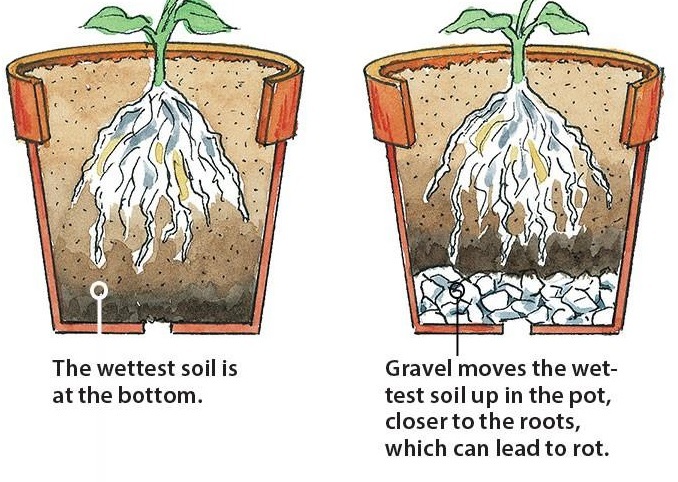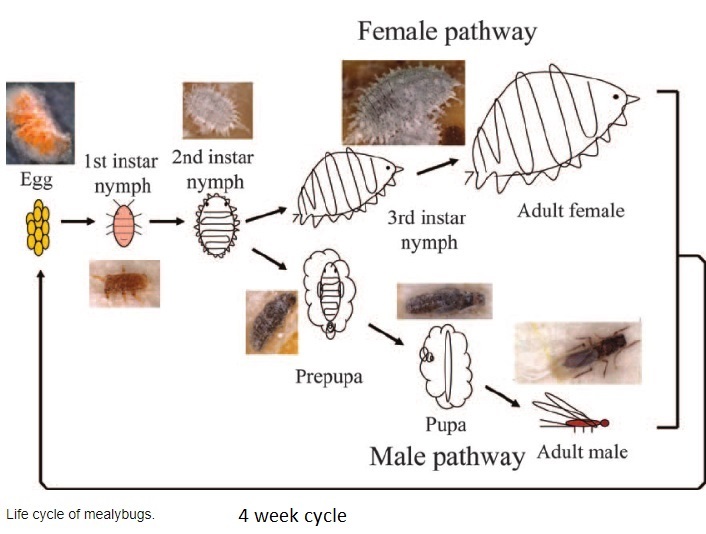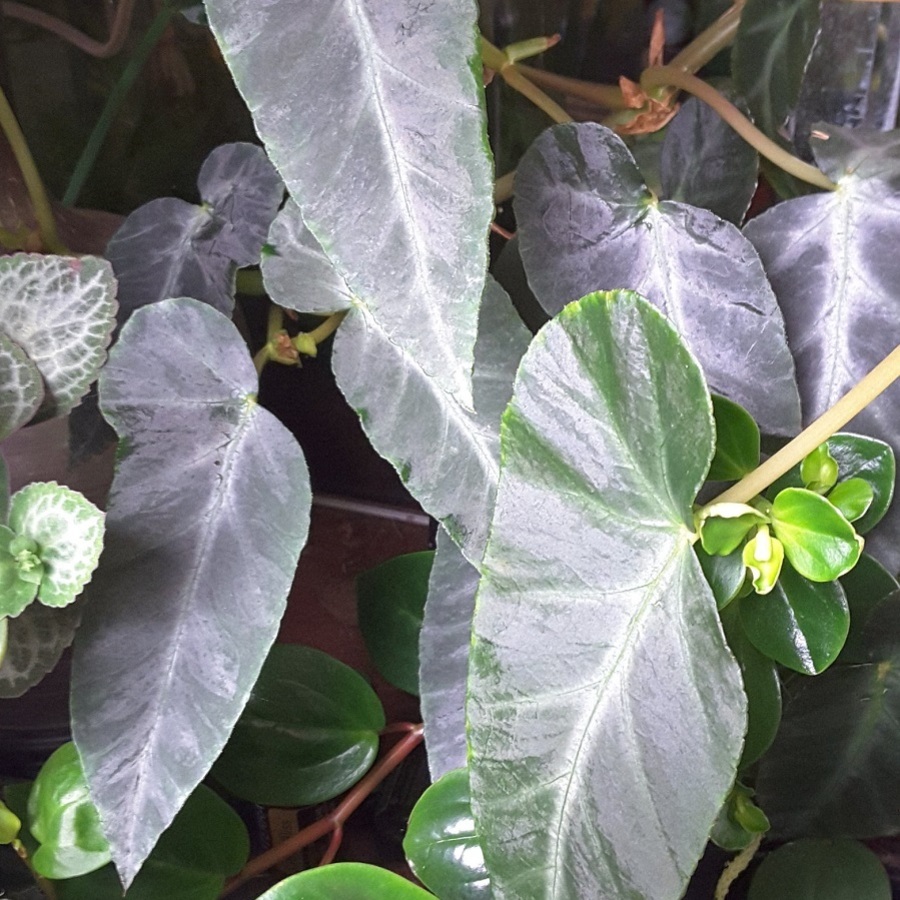Well-meaning plant advice
Well-meaning plant advice, that you should maybe NOT do.
Here are some things that you may be doing, that aren’t beneficial to your plants.
1/ Watering sparingly.
Most plants if actively growing, require a good watering. Pour it on and let it drain out the bottom. Most plants still require water in winter, just not so often. Choose a warm day when you water in winter.
2/ Fill the pot right to the top.
Please don’t do this. Most plastic pots have a ledge, down from the top, as an indication of how far to fill with soil. It is designed, so that when you apply water, there is a temporary catchment of water. If the soil is too high, the water just runs over the edge. Also, as the plant grows, space in the pot diminishes.
3/ Add stones as a drainage layer.
This does the opposite to what you have been told. All it does is encourage a “perched water table”. (A layer of soil that is always saturated and cannot drain.) The other thing it does it reduce the amount of soil you plant has to grow in.

4/ Stop feeding your plants over winter.
No, just water less often. Because you generally water less in winter, plants will be receiving less fertilizer anyway.
5/ If you have yellow leaves, cut them off.
This sort of depends, if it is the odd, old, yellow leaf, amongst lots of happy green ones, then yes cut it off. But if your plant doesn’t have many leaves, leave it as it will continue to feed the growing cutting. If you suddenly get lots of yellow leaves, it is wise to unpot and see if there is any root rot. Also check for bugs, mealy bugs etc suck goodness and makes plants look unhealthy.
6/ Repot your plants if you have fungus gnats.
Well, you can, but if you continue to keep your plants on the damp side, the gnats will return. Consider drying you pots out longer between waterings or adding some granules to keep the gnats away. There are a few things you can use: mossie bites, Diatomaceous Earth, Isoprop etc.
Forget the suggestion of adding egg shells and milk to provide calcium. (just use a complete fertiliser) These things just invite gnats to your plants.
7/ Repot every plant that comes into your house.
Again, you can, but I prefer to let them adjust to their new environment. Once you place them somewhere, leave them there for a while, before trying an alternative position. They need to settle, they may take some time to accustom to their new environment.
8/ Schedule a weekly watering of your plants.
Much better to get familiar with your plants. Pick the pots up and feel the weight. Is the bottom of the plant super dry? Poke a stick or your finger into the soil. Or give the leaves a ‘flick test’ to decide if they are dehydrated. Also just because one plant needs watering, doesn't mean that every plant does.
In summer you may find you have to water every few days, in winter it may be once a month or less. All depending on your type of plants, soil, temperature and where they are located.
9/ Always water plants from the bottom.
90% of plants are fine with water poured over them. If in doubt, water your plant so it trickles down one side of the pot only.
If your plant is overly dry, eg just coming out of dormancy, sitting the pot in deep water is an idea way to ensure the roots get moisture.
10/ If you see mealy bugs on your plants, isolate it immediately.
You usually only notice the adult female, as the eggs and males are less visible. As mealy bugs grow from small, near invisible eggs, once you notice them, they are probably on other plants as well.
They go through 5-6 stages in their life cycle. Whatever you decide to do, you will need to keep a watch on your plants, because one application will not be enough to get rid of them. Dunking the whole plant is the best option, if possible.
A systematic chemical application is the most through approach. But there are various things you can use if you want to spend the time. Meths or Isoprop can be dabbed on them, or diluted and sprayed on. Use oil sprays with caution, as some plants do not like them.
Make a mixture according to the instructions for 1 litre
Confidor - contact spray
Super shield - long lasting
200 ml Isoprop – dissolves their waxy layers
20 ml dishwash – penetrates the furry layer
Spray again in 2 weeks

Posted: Wednesday 14 September 2022
Recent Posts
Archive
Tags
| Top |

